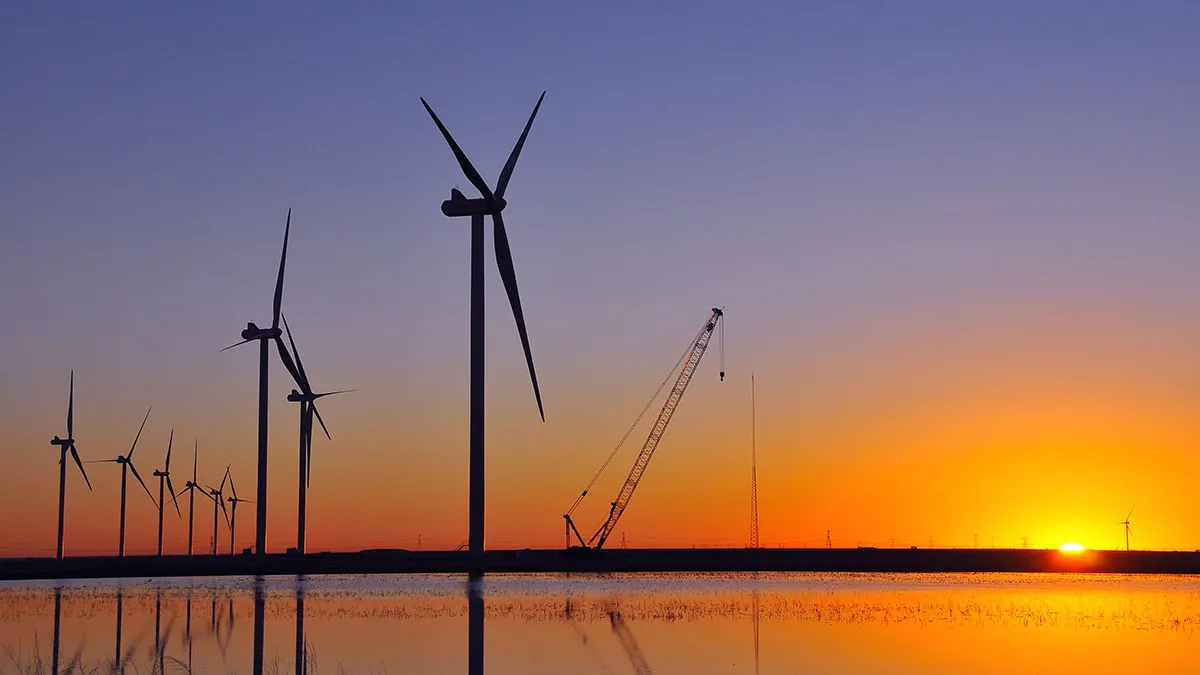Dive Brief:
-
Natural gas, solar and wind are the cheapest ways to generate electric power, according to a new study released by the University of Texas at Austin's Energy Institute on Thursday.
-
The report calculates the Levelized Cost of Electricity (LCOE) by U.S. county, finding wind to be the cheapest resource across the central plains and down the Appalachian mountains. Natural gas is the cheapest resource across the Coastal Plain and parts of the northern Rocky Mountains, while solar leads in low cost across the Southwest and sporadically through the Midwest and Northwest.
-
The analysis takes into account environmental externalities which include "air emissions, combustion CO2, and embedded life cycle analysis greenhouse gases." It finds that natural gas combined cycle technology is the cheapest option for at least a third of the country.
Dive Insight:
The University of Texas study is further evidence that falling costs of renewable energy and persisting cheap natural gas are outweighing the economics of coal and nuclear, even as the White House continues to develop plans to bail out the two resources.
Increased customer choice, emission standards and a competitive market are factors the study cites for its conclusions that wind, solar and gas are cheapest. The study also includes an online calculator as a reference for policymakers and stakeholders to determine the "cost implications of potential policy actions" by county.
The study finds that the average difference between the least cost option and the second cheapest option is $0.029/kWh. It also notes that "full costs" go beyond environmental considerations, including the cost of labor, financial support from the government and how much infrastructure is already in place to support a given source of power.
Looking at distributed generation, the study says costs are in part dependent on how well the distributed grid is designed, which is why policy and level of government support are important.
The study also ran the numbers without considering externalities, and found natural gas to have the lowest LCOE for the majority of the U.S., with wind power still having the lowest cost across the great plains and upstate New York. In that scenario, nuclear power is the cheapest in parts of the upper Midwest. The study notes that combined natural gas and nuclear, however, "are sensitive to natural gas and carbon prices" unlike wind and solar.















